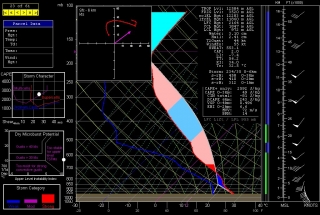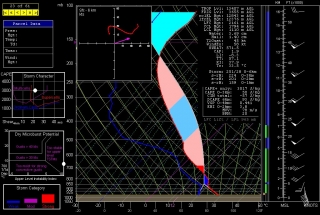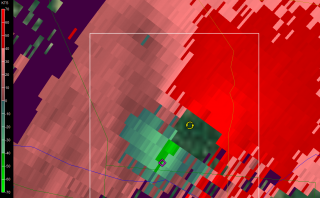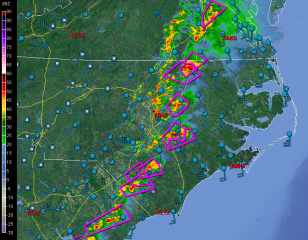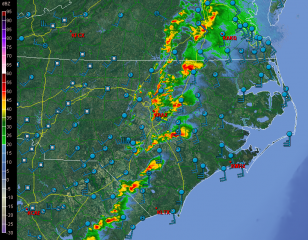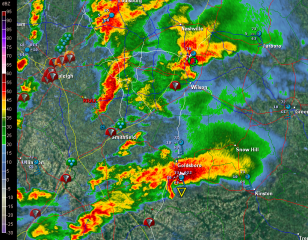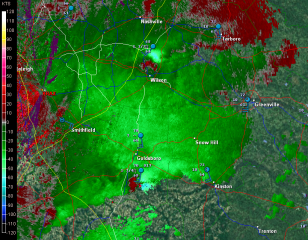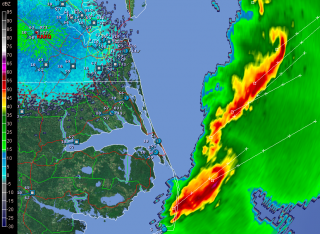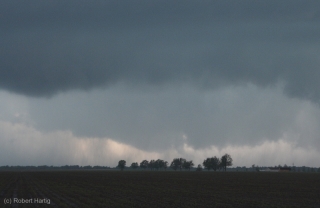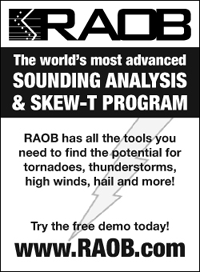The southerly breeze blowing from across the field behind me into this shady little park is just enough to render an otherwise hot and somewhat humid noon hour pleasant to perfection. If bathwater could be turned into air and made to blow around me, this is how it would feel, the quintessence of balmy.
I’m sitting at a picnic table surrounded by stately maples robed in the fresh green of May. From every direction comes the chatter and song of birds. A stone’s throw to my right, three fat robins on worm patrol navigate the grass with great singleness of purpose, and somewhere not far away I can hear the whirring call of a woodpecker. I couldn’t ask for a better setting to while away a couple of hours while my buddy Bill lunches with clients at a nearby plant.
Ah, spring! Ah, Iowa! Here in this tiny park in this small town nestled in America’s gently rolling heartland, for a little while I find myself retreating from how life is to how it can be. Quietude is not necessarily quiet, for the air is filled with sounds. But they are subtle sounds, background sounds, sounds of wind and birds that unwind the mainspring of my all-too-preoccupied soul.
Tomorrow I will wake up in Enid, Oklahoma, which looks like a prime base of operations for chasing storms that bump off the dryline. I’ve had my eye on Enid for a couple of days, now, and this morning the SPC issued a moderate risk for tomorrow with Enid smack in its midsection. That bodes well. It’s time at last for a chase in the Southern Plains.
I still have some concerns with this system. But they’re outweighed by the fact that the right stuff is coming together for tomorrow. Even more importantly, it’s May in Oklahoma. An ant can fart and spin up a tornado. And I’ll be there to watch it and experience the drama, beauty, and adrenaline of the atmosphere with my good friend and chaser partner of 15 years, Bill.
Speaking of whom, here he is. Looks like his business meeting is over. Time to pack up, hop in the car, and head west. Adieu, Victor, Iowa. Thanks for providing unknowing hospitality to a stranger in this jewel-like little park beneath the unfolding leaves of spring.
